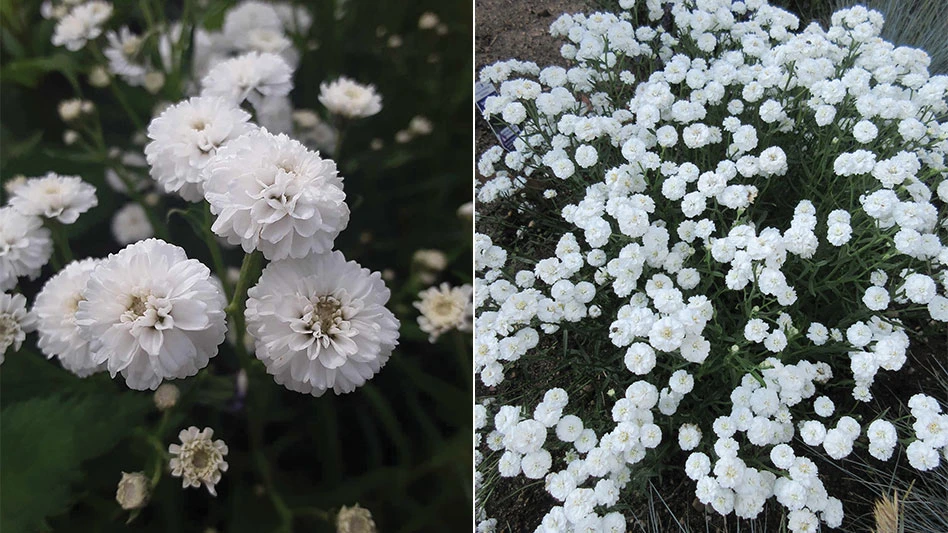Stink bug monitoring tool helps growers Planned consumer garden spending is expected to drop from an average $615 per household in 2009 to a projected $469 for 2011, according to Garden Writers Association Foundation (GWAF) 2011 Early Spring Gardening Trends Research Report. At the same time, competition between independent garden centers and mass merchants was expected to remain evenly split for early-spring plant purchases. GWAF’s report, conducted in April, found that garden centers maintain a slight edge over mass merchants (46 percent to 44 percent) for consumer preference in purchasing most of their spring plants in spite of a more than 23-percent decline in planned garden spending overall. “Best Quality” remains the primary criteria for many households (51 percent) choosing where they will shop for plants. Ant species defends trees A tropical ant species with keen chemical detection can distinguish between its host tree, Triplaris americana, and plant interlopers. And the ant uses this ability to aggressively protect its host tree to help ensure survival of the ants, a team of Colorado State University researchers has found. The ant’s ability to detect and respond to its host’s chemical signals is central to maintaining the tight symbiotic relationship, according to the study. “The ants are like gardeners, weeding out competitors to their host plant,” said Tiffany Weir, lead author and assistant professor in the CSU Department of Horticulture and Landscape Architecture. “This allows other trees of the same species to grow, allowing the ant colony to expand by gardening their host trees.” |
Get curated news on YOUR industry.
Enter your email to receive our newsletters.
Explore the June 2011 Issue
Check out more from this issue and find your next story to read.
Latest from Nursery Management
- Dümmen Orange North America celebrating 25th anniversary in 2025
- Illinois Landscape Contractors Association changes name to Landscape Illinois
- 2025 Proven Winners Horticulture Scholarship applications now open
- ICL’s Gemini Granular herbicide now registered for use in California
- Eurazeo Planetary Boundaries Fund acquires Bioline AgroSciences
- The Leading Women of Horticulture
- Leading Women of Horticulture: Dana Massey, Plantworks Nursery
- Spring Survival Guide







